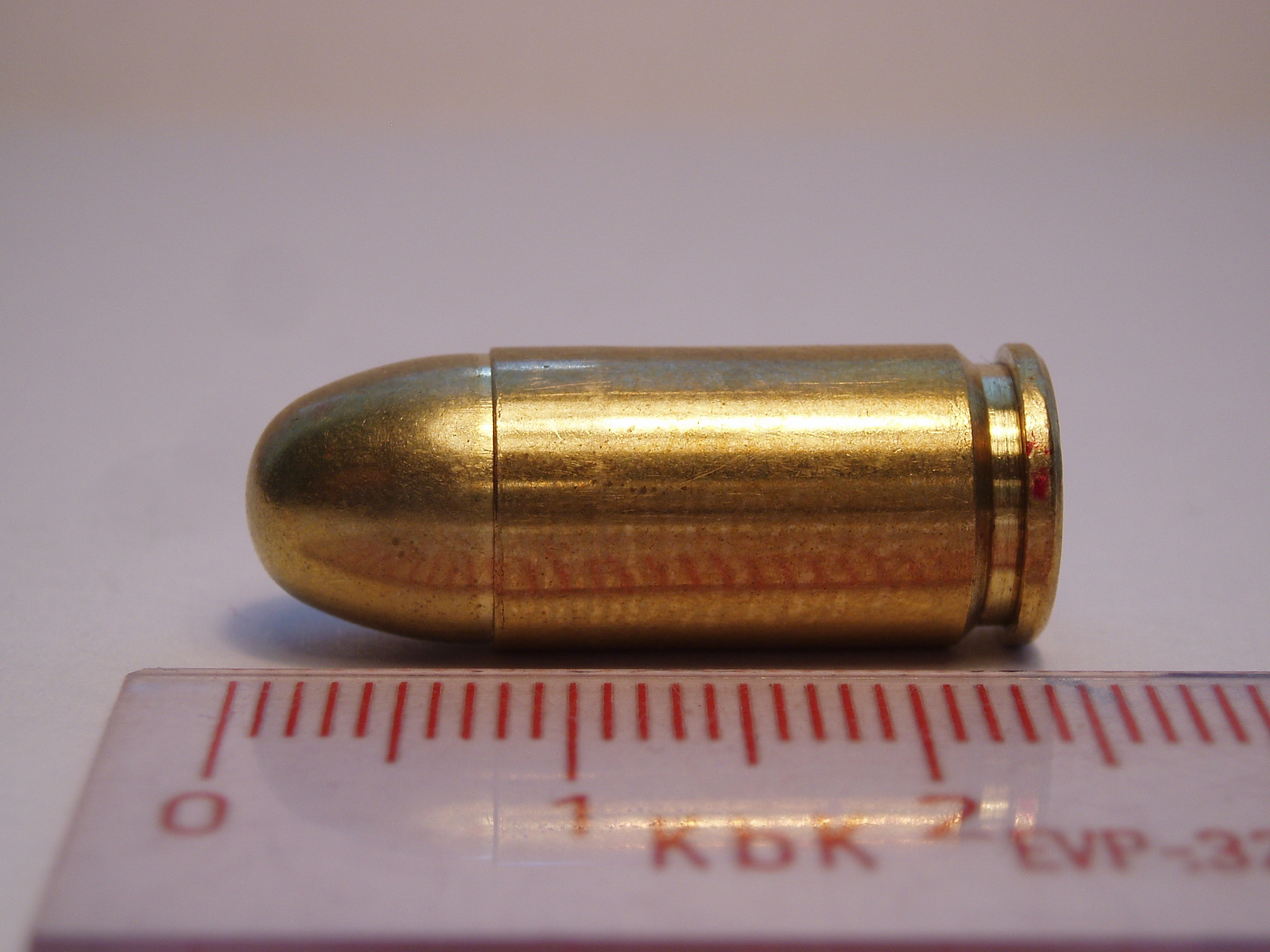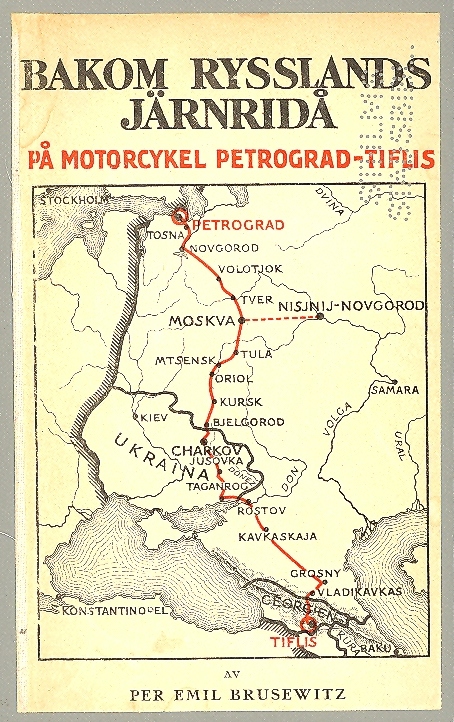|
CZ-75
The CZ 75 is a semi-automatic pistol made by Czech firearm manufacturer ČZUB. First introduced in 1975, it is one of the original " wonder nines" and features a staggered-column magazine, all-steel construction, and a hammer forged barrel. It is widely distributed throughout the world and is the most common handgun in the Czech Republic. Firearms expert Colonel Jeff Cooper considered the CZ 75, at least its original version (short rail), to be the best 9mm service pistol ever made. History Development of CZ 75 The armament industry was an important part of the interwar Czechoslovak economy and made up a large part of the country's exports. However following the 1948 communist coup d'état, all heavy industry was nationalized and was cut off from its Western export market behind the Iron Curtain. While most other Warsaw Pact countries became dependent on armaments imports from the Soviet Union, most of the Czechoslovak weaponry remained domestic (for example, the Czechoslova ... [...More Info...] [...Related Items...] OR: [Wikipedia] [Google] [Baidu] |
Česká Zbrojovka Uherský Brod
Česká zbrojovka a.s. (CZ, ), is a Czech Republic, Czech armament manufacturer that is based in Uherský Brod. The company is known for producing service, hunting and sporting firearms. It is owned by the Czech holding company Colt CZ Group, Colt CZ Group SE, which also owns other brands with related production programs. CZ currently has around 1,800 employees. It is one of the highest volume exporters in the Czech Republic, sending its products to more than 100 countries. The company is among the top ten small arms manufacturers in the world and five that manufactures Automatic firearm, automatic firearms. In 2021, CZ acquired the Colt's Manufacturing Company; the following year, the parent company changed its name to Colt CZ Group. History Česká zbrojovka Strakonice, Jihočeská zbrojovka was founded in Strakonice in 1919. Today's Česká zbrojovka a.s. was built as part of a large-scale transfer of strategically important production capacities of the former Czechoslovak ... [...More Info...] [...Related Items...] OR: [Wikipedia] [Google] [Baidu] |
Wonder Nine
A Wonder Nine is a semi-automatic pistol chambered in 9×19mm Parabellum with a staggered column magazine and a double-action trigger for at least the first shot. The term was coined by firearms author Robert Shimek, and became popular in American firearm-related magazines during the 1980s and 1990s by those advocating their use by police forces. At the time most American police departments were still using revolvers, with the majority chambered in either .38 Special or .357 Magnum. The simplicity of being able to fire the first shot just by pulling the trigger (a prominent feature of double-action revolvers), larger ammunition capacity, and faster reloading of ammunition with the use of box magazines are the "wonderful" features of a semi-automatic pistol. Examples include the Heckler & Koch VP70 (1970), Smith & Wesson Model 59 (1971), CZ 75 (1975), Star Model 28 (1975), Beretta 92 (1976), Steyr GB (1981), Glock 17 (1982), FN HP DA (1982), SIG Sauer P226 (1984), Ruge ... [...More Info...] [...Related Items...] OR: [Wikipedia] [Google] [Baidu] |
Czechoslovak Socialist Republic
The Czechoslovak Socialist Republic, (Czech language, Czech and Slovak language, Slovak: ''Československá socialistická republika'', ČSSR) known from 1948 to 1960 as the Czechoslovak Republic (''Československá republika)'', Fourth Czechoslovak Republic, or simply Czechoslovakia, was the Czechoslovakia, Czechoslovak state from 1948 until 1989, when the country was under Marxist-Leninist state, communist rule, and was regarded as a satellite state in the Soviet Union, Soviet sphere of interest. Following the 1948 Czechoslovak coup d'état, coup d'état of February 1948, when the Communist Party of Czechoslovakia seized power with the support of the Soviet Union, the country was declared a "people's democratic state" when the Ninth-of-May Constitution became effective. The traditional name (''Czechoslovak Republic''), along with several other state symbols, were changed on 11 July 1960 following the implementation of the 1960 Constitution of Czechoslovakia as a symbol of th ... [...More Info...] [...Related Items...] OR: [Wikipedia] [Google] [Baidu] |
Gun Laws In The Czech Republic
Gun laws in the Czech Republic adhere to the European Firearms Directive. Legal accessibility is comparable to those EU and EFTA countries which consider firearms to be primarily tools of individual or collective safety (i.e. Switzerland, Austria, Poland, Baltic states, Finland) and not just sporting instruments ''(see Gun laws in the European Union)''. Right to keep and bear arms is considered to be an attribute of liberty in the country. It is explicitly recognized in the first Article of the Firearms Act. At the constitutional level, the Charter of Fundamental Rights and Freedoms protects the "''right to defend one's own life or life of another person also with arms under conditions stipulated by law''". Firearms are available to any resident subject to acquiring a firearms license. Firearm licenses may be obtained in a way similar to a driving license; by passing a proficiency exam (in Czech language only), medical examination and having no criminal record. Unlike in m ... [...More Info...] [...Related Items...] OR: [Wikipedia] [Google] [Baidu] |
9mm Makarov
This is a list of firearm cartridges that have bullets in the to caliber range. *''Case length'' refers to the round case Case or CASE may refer to: Instances * Instantiation (other), a realization of a concept, theme, or design * Special case, an instance that differs in a certain way from others of the type Containers * Case (goods), a package of relate ... length. *''OAL'' refers to the overall length of the loaded round. All measurements are given in millimeters, followed by the equivalent in inches between parentheses. *Ammunition or cartridge specification is usually the "cartridge maximum" specification and may not be the same as the nominally measured dimensions of production, remanufactured, or hand-loaded ammunition. * SAAMI and the CIP publish cartridge data. Pistol cartridges Revolver cartridges Rifle cartridges See also * .38 caliber * 9mm Major References {{Firearm cartridge calibers Pistol and rifle cartridges de:9 mm ... [...More Info...] [...Related Items...] OR: [Wikipedia] [Google] [Baidu] |
Design Details
A design is the concept or proposal for an object, process, or system. The word ''design'' refers to something that is or has been intentionally created by a thinking agent, and is sometimes used to refer to the inherent nature of something – its design. The verb ''to design'' expresses the process of developing a design. In some cases, the direct construction of an object without an explicit prior plan may also be considered to be a design (such as in arts and crafts). A design is expected to have a purpose within a specific context, typically aiming to satisfy certain goals and constraints while taking into account aesthetic, functional and experiential considerations. Traditional examples of designs are architectural and engineering drawings, circuit diagrams, sewing patterns, and less tangible artefacts such as business process models.Dictionary meanings in the /dictionary.cambridge.org/dictionary/english/design Cambridge Dictionary of American English at /www.dictio ... [...More Info...] [...Related Items...] OR: [Wikipedia] [Google] [Baidu] |
AK-47
The AK-47, officially known as the Avtomat Kalashnikova (; also known as the Kalashnikov or just AK), is an assault rifle that is chambered for the 7.62×39mm cartridge. Developed in the Soviet Union by Russian small-arms designer Mikhail Kalashnikov, it is the originating firearm of the Kalashnikov rifle, Kalashnikov (or "AK") family of rifles. After more than seven decades since its creation, the AK-47 model and its variants remain one of the most popular and widely used firearms in the world. Design work on the AK-47 began in 1945. It was presented for official military trials in 1947, and, in 1948, the fixed-Stock (gun), stock version was introduced into active service for selected units of the Soviet Army. In early 1949, the AK was officially accepted by the Soviet Armed Forces and used by the majority of the member states of the Warsaw Pact. The model and its variants owe their global popularity to their reliability under harsh conditions, low production cost (compared t ... [...More Info...] [...Related Items...] OR: [Wikipedia] [Google] [Baidu] |
Soviet Union
The Union of Soviet Socialist Republics. (USSR), commonly known as the Soviet Union, was a List of former transcontinental countries#Since 1700, transcontinental country that spanned much of Eurasia from 1922 until Dissolution of the Soviet Union, it dissolved in 1991. During its existence, it was the list of countries and dependencies by area, largest country by area, extending across Time in Russia, eleven time zones and sharing Geography of the Soviet Union#Borders and neighbors, borders with twelve countries, and the List of countries and dependencies by population, third-most populous country. An overall successor to the Russian Empire, it was nominally organized as a federal union of Republics of the Soviet Union, national republics, the largest and most populous of which was the Russian SFSR. In practice, Government of the Soviet Union, its government and Economy of the Soviet Union, economy were Soviet-type economic planning, highly centralized. As a one-party state go ... [...More Info...] [...Related Items...] OR: [Wikipedia] [Google] [Baidu] |
Warsaw Pact
The Warsaw Pact (WP), formally the Treaty of Friendship, Co-operation and Mutual Assistance (TFCMA), was a Collective security#Collective defense, collective defense treaty signed in Warsaw, Polish People's Republic, Poland, between the Soviet Union and seven other Eastern Bloc List of non-communist socialist states, socialist republics in Central and Eastern Europe in May 1955, during the Cold War. The term "Warsaw Pact" commonly refers to both the treaty itself and its resultant military alliance, the Warsaw Pact OrganisationPage 22, �NATO and OSCE, Partners or Rivals?��, Edward Killham (WPO) (also known as ‘Warsaw Treaty Organization’ (‘WTO’)). The Warsaw Pact was the military complement to the Comecon, Council for Mutual Economic Assistance (Comecon), the economic organization for the Eastern Bloc states. Dominated by the Soviet Union, the Warsaw Pact was established as a balance of power or counterweight to the NATO, North Atlantic Treaty Organization (NATO) and ... [...More Info...] [...Related Items...] OR: [Wikipedia] [Google] [Baidu] |
Iron Curtain
The Iron Curtain was the political and physical boundary dividing Europe into two separate areas from the end of World War II in 1945 until the end of the Cold War in 1991. On the east side of the Iron Curtain were countries connected to the Soviet Union, and on the west side those that were NATO members. Economic and military alliances developed on each side of the Iron Curtain, and it became a term for the physical barriers of razor wire, Fence, fences, Fortified wall, walls, minefields, and Watchtower, watchtowers built along it. The nations to the east of the Iron Curtain were People's Republic of Poland, Poland, East Germany, Socialist Republic of Czechoslovakia, Czechoslovakia, Hungarian People's Republic, Hungary, Socialist Republic of Romania, Romania, People's Republic of Bulgaria, Bulgaria, People's Republic of Albania, Albania, and the USSR; however, Reunification of Germany, East Germany, Breakup of Czechoslovakia, Czechoslovakia, and the Dissolution of the USSR, USS ... [...More Info...] [...Related Items...] OR: [Wikipedia] [Google] [Baidu] |
Nationalization
Nationalization (nationalisation in British English) is the process of transforming privately owned assets into public assets by bringing them under the public ownership of a national government or state. Nationalization contrasts with privatization and with demutualization. When previously nationalized assets are privatized and subsequently returned to public ownership at a later stage, they are said to have undergone renationalization (or deprivatization). Industries often subject to nationalization include telecommunications, electric power, fossil fuels, railways, airlines, iron ore, media, postal services, banks, and water (sometimes called the commanding heights of the economy), and in many jurisdictions such entities have no history of private ownership. Nationalization may occur with or without financial compensation to the former owners. Nationalization is distinguished from property redistribution in that the government retains control of nationalized pro ... [...More Info...] [...Related Items...] OR: [Wikipedia] [Google] [Baidu] |






